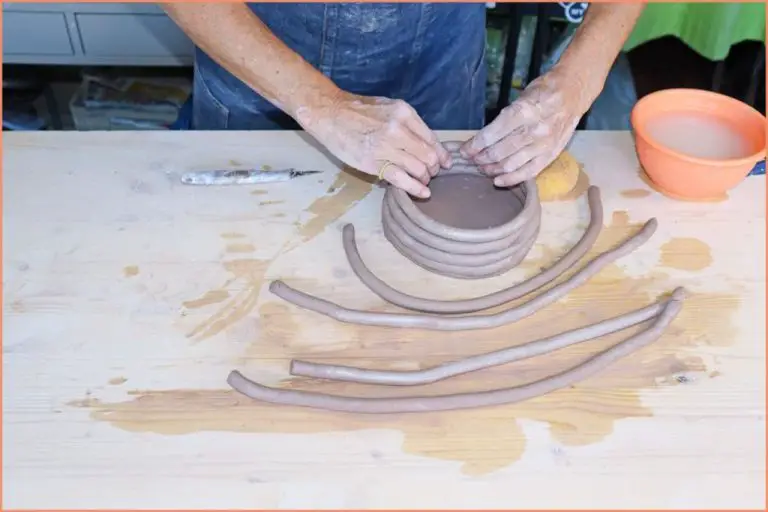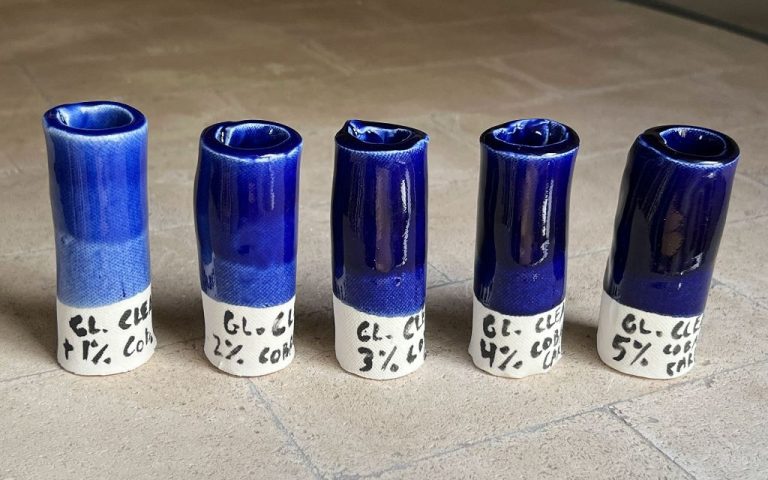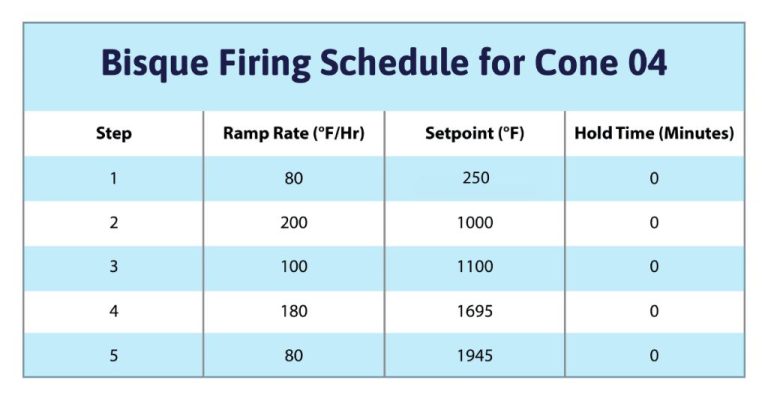What Is The Strongest Glue For Ceramic?
Ceramics are inorganic and nonmetallic materials that are commonly used in countertops, floor and wall tiling, pottery, and other decorative or functional objects. With their hardness, heat resistance, and durability, ceramics can be challenging to cut, shape, and bond together. Gluing ceramic materials requires specially formulated adhesives that can firmly join ceramic pieces while withstanding high temperatures, heavy loads, and exposure to water.
This article will provide an overview of the strongest glues available for ceramic materials. We will explore the different types of ceramic and the unique properties that make adhesion difficult. Factors like surface preparation, adhesive selection, proper application, and curing conditions will be covered as we compare popular ceramic adhesives. Our goal is to help readers understand how to achieve the strongest, longest-lasting bond when gluing ceramic pieces together.
Types of Ceramic Materials
Ceramics are inorganic, non-metallic materials made from clays and powdered materials that are shaped and undergo a firing process in a kiln. There are many different types of ceramic materials, with some of the most common being:
- Clay – An abundant natural material that can be molded when wet and hardened through firing. Clay is used to make pottery, bricks, ceramic tiles, and refractory materials.
- Porcelain – A fine-grained, dense ceramic made by firing clay, feldspar and quartz at high temperatures up to 1400°C. Porcelain is known for its whiteness, hardness, translucency and resistance to thermal shock.
- Stoneware – A vitreous or semi-vitreous ceramic made from firing relatively coarse clay at high temperatures from 1200°C to 1300°C. Stoneware is non-porous, durable and stain-resistant.
- Earthenware – A porous, opaque ceramic made from firing clay at lower temperatures up to 1200°C. Earthenware is one of the oldest types of pottery.
- Bone china – A type of soft-paste porcelain that contains bone ash, giving it a characteristic translucence and whiteness. Bone china is known for its high strength and chip resistance compared to normal porcelain.
- Glass-ceramic – Not a clay-based ceramic, but made by controlled crystallization of glasses. Glass-ceramics have high mechanical strength, hardness, low porosity and can sustain higher temperatures.
There are many more specific types of ceramic materials used in various applications, but clay-based ceramics and porcelain are among the most prevalent.
Properties of Ceramic
Ceramics are known for being hard, brittle materials with high heat and chemical resistance. This is due to their tightly bonded crystalline atomic structure which makes it difficult to move dislocations through the material. Some key properties of ceramic materials include:
- High hardness – Most ceramics have a Mohs hardness rating between 5-9, making them extremely scratch and abrasion resistant. Many ceramics are even used as abrasives.
- Brittleness – The strong ionic and covalent atomic bonding in ceramics makes them very resistant to plastic deformation. This causes ceramics to fracture when placed under stress rather than bend or compress.
- Heat resistance – Ceramics can withstand very high temperatures, ranging from 1000-1600°C before softening. This high melting point makes them useful for applications like Kilns and furnace insulation.
- Chemical inertness – The crystalline structure of ceramic materials causes them to be impervious to most corrosive chemicals and environments. Ceramics resist degradation better than metals or polymers.
The combination of hardness, brittleness, and chemical/heat resistance make ceramics well-suited for applications requiring durability in extreme environments. Understanding these intrinsic material properties allows proper selection and design when using ceramics.
Challenges of Bonding Ceramic
Ceramic materials present several challenges when it comes to bonding and adhesion. Some of the main difficulties include:
Low surface energy – Ceramics like porcelain and alumina have a low surface energy, making it difficult for adhesives to wet and adhere properly (https://medium.com/@ronyjonykk/ceramic-to-metal-sealing-challenges-and-solutions-3a0563827936). Their inert, non-reactive surfaces do not form strong bonds with many adhesive types.
Non-porous structure – The dense, non-porous surface of ceramic provides less area for mechanical interlocking with adhesives compared to porous materials like wood or concrete (https://www.intechopen.com/chapters/51805). This reduces the potential bonding strength.
Brittleness and cracking – Ceramics are prone to cracking under stress because of their rigid structure. The differential expansion of ceramic and adhesive under temperature changes can introduce internal stresses that lead to cracking at the bond interface or in the ceramic itself.
Factors in Ceramic Adhesion
There are several key factors that determine the strength and durability of a ceramic adhesive bond. Proper surface preparation is essential for adhesion. The ceramic surface must be clean, dry, and free of any contaminants like grease or dust. Abrasion techniques like sandblasting can increase surface area and improve mechanical interlocking (Chew, 1999).
The flexural strength and rigidity of the ceramic material also affects bond strength. More porous, lower density ceramics are more prone to cracking under stress. Denser ceramics with higher flexural strength will allow for stronger adhesive bonds (Imbriglio, 2021).
Ceramic materials are also susceptible to shrinkage during cooling and curing which can introduce internal stresses that weaken the bond over time. Using adhesives that remain flexible after curing can accommodate shrinkage and thermal expansion differences.
Common Ceramic Adhesives
There are several types of adhesives commonly used for ceramic materials, with each having their own advantages and limitations.
Epoxy
Epoxy is one of the most effective and strongest glues for ceramics and pottery repair. It forms an incredibly rigid bond and can be used for mending breaks in ceramics or attaching ceramic pieces. According to Lakeside Pottery, high-quality epoxies designed for ceramics create strong, long-lasting repairs that are waterproof and can withstand high temperatures [1]. The only downside is epoxies require longer cure times, often overnight.
Cyanoacrylate
Cyanoacrylate, also known as super glue, offers very fast bonding and dries quickly. It can be useful for minor ceramic repairs or attaching small pieces. According to 911 Metallurgist, cyanoacrylate provides reasonably strong adhesion for ceramics, but the bond is more brittle than epoxy [2]. It also cannot fill larger gaps.
Silicone
Silicone adhesives are flexible and can accommodate expansion and contraction of materials. They work well for ceramic tiles and can withstand high temperatures. However, silicone does not bond nearly as strongly as epoxy or cyanoacrylate. It is best used when flexibility is needed rather than maximum strength [3].
Comparing Ceramic Adhesive Options
When selecting the best adhesive for ceramic repair, there are several key factors to consider including strength, flexibility, price, and usability.
In terms of strength, epoxy-based adhesives like J-B Weld ClearWeld tend to form the strongest bonds with ceramics. The resin and hardener create a durable bond that can withstand high temperatures and vibration. Cyanoacrylate “super glues” like Loctite Super Glue also create strong bonds, though epoxy is generally stronger for ceramic applications.
For flexibility, silicone adhesives like GE Silicone II allow for some expansion and contraction of the bond. This is especially useful if the ceramic will undergo temperature changes or vibration. Epoxies and super glues create more rigid bonds.
In terms of price, cyanoacrylate super glues are generally the most affordable options. Epoxy adhesives cost a bit more, while specialized ceramic adhesives like Loctite Super Glue Porcelain are the most expensive per ounce.
For usability, super glues in liquid form allow great control and easy application to repairs. Epoxies require mixing resin and hardener, but allow time to position pieces before the bond sets. Pre-mixed epoxies in syringes are also easy to dispense and control.
Application and Curing
Proper application and curing of ceramic adhesives are critical for achieving a strong, lasting bond. Here are some key steps:
Surface Preparation: Surfaces must be clean, dry and free of contaminants like grease or paint. Concrete surfaces should be scored or roughened up first. Refer to manufacturer instructions for any special surface prep needed. See this video for tips on surface prep.
Application Method: Ceramic adhesives can be applied with a notched trowel, flat trowel or glue gun depending on the type. Spread an even layer of adhesive on the surface, using the recommended trowel size and technique per manufacturer specs. Press tiles firmly into place, being careful not to move them around, which can break the adhesive bond.
Curing Time: Allow adhesive to cure for the full time recommended by the manufacturer, usually 24-48 hours. Do not grout or expose to heavy traffic during this period. Insufficient curing can greatly weaken the bond strength. Maintain temperature and humidity levels in the recommended range for optimal curing.
Following the manufacturer’s instructions for surface prep, application method and cure times is critical for achieving optimal adhesive performance and bond strength.
Longevity and Maintenance
The longevity of ceramic bonds depends on several factors like exposure to moisture, temperature changes, and mechanical stresses. Ceramic materials expand and contract at different rates compared to adhesive materials, which can cause stress on the bond over time (Machry, 2023).
Exposure to moisture is one of the biggest threats to ceramic adhesive bonds. Most adhesives used for ceramic are susceptible to hydrolysis, which causes the adhesive to degrade over time when exposed to moisture. Using an adhesive formulated for moisture resistance can help prolong bond life (Machry, 2023).
Repairing failed ceramic bonds can be very difficult. The surface must be thoroughly cleaned and prepared again before attempting to re-bond. Using a freshly mixed batch of adhesive is recommended, as already cured adhesive is difficult to bond to. Preventing bond failure through proper surface preparation, adhesive selection, and application technique is preferable to attempting repair of failed bonds.
Conclusion
When selecting the strongest glue for ceramic materials, it’s important to consider the type of ceramic, the materials being bonded, the expected temperature and force exposures, and the setup and cure times required. While epoxy adhesives generally offer the strongest bond strength and durability across various ceramics, cyanoacrylate glues provide a fast-curing option for non-load bearing applications. For high temperature situations up to 1000°C or above, refractory cements offer the most heat-resistant ceramic adhesive solution.
To maximize ceramic bond strength, proper surface preparation is essential. Cleaning and roughening the ceramic pieces to create texture will improve mechanical interlocking of the adhesive. Matching the coefficient of thermal expansion between the ceramic and glue can also optimize durable adhesion through temperature fluctuations. While epoxy or CA glues allow for relatively quick repairs and assembly, refractory cement is better suited for permanently bonding and sealing ceramic pieces in high temperature manufacturing applications.
By selecting the appropriate ceramic adhesive for the specific application and following the manufacturer’s instructions closely, especially for preparation, mixing, pot life limits and cure times, the strongest and most durable ceramic bonds can be achieved for both small repairs and large-scale engineering projects.




